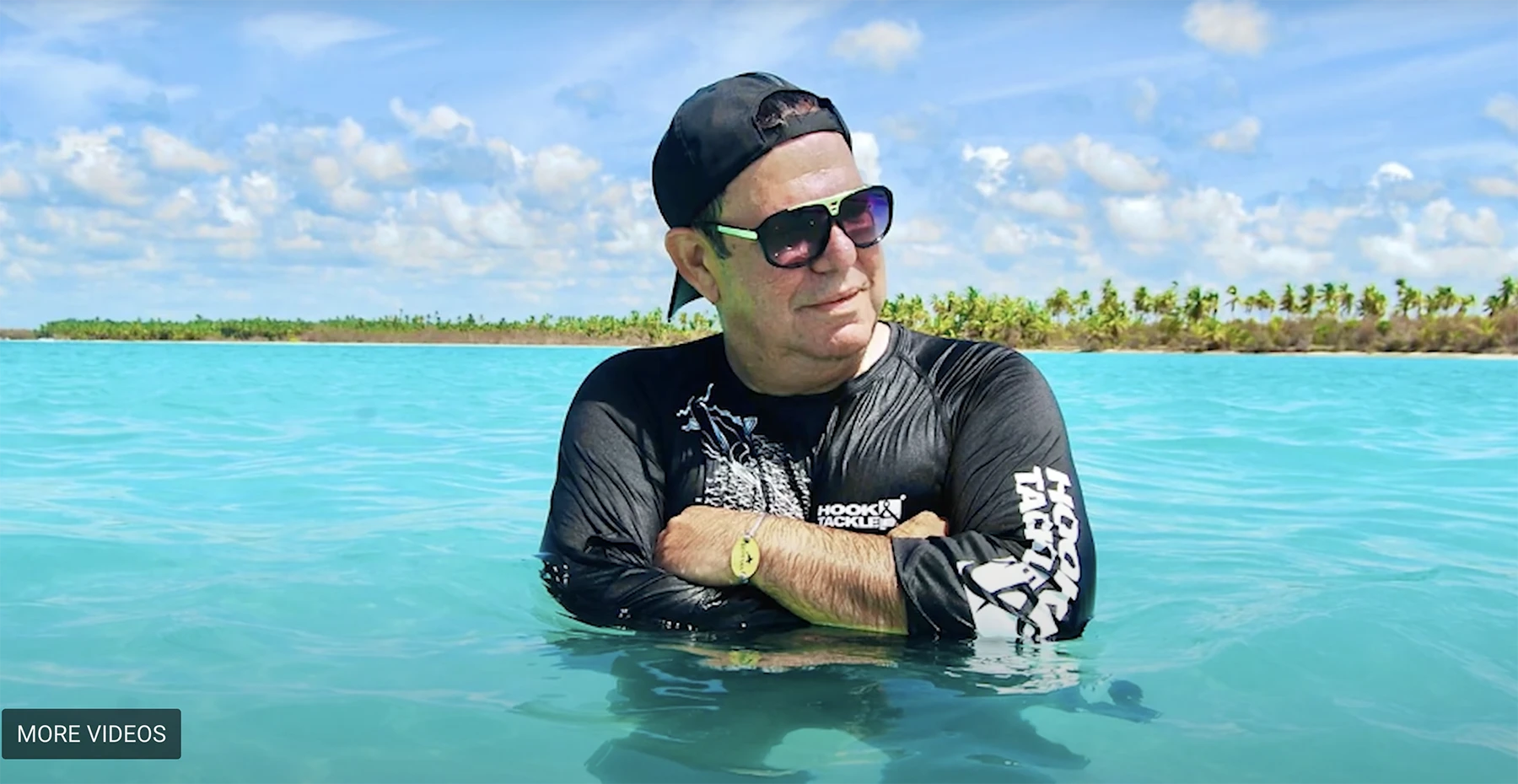Multidisciplinary Team Makes a Difference for Patients with Lung Cancer

“I never thought I could live with just one lung,” says Esmildo Martinez, a former smoker who was diagnosed with locally advanced lung cancer three years ago.
[Video is in Spanish.]
“The symptoms I had before I knew I had lung cancer were an uncontrollable cough and occasional coughing up of blood,” says Esmildo.
Although he felt like his world was falling apart, the multidisciplinary team at Sylvester Comprehensive Cancer Center offered him hope with the most advanced treatment available today.
“In cases of patients with locally advanced stages that are potentially curable, it is important to administer multidisciplinary therapy,” says Dr. Nestor Villamizar , a thoracic surgeon at Sylvester.
“Neoadjuvant therapy, with a combination of chemotherapy and immunotherapy before surgery, is the best therapy for these patients,” says the surgeon. “We want to prevent the cancer from coming back some time after surgery,” he adds.
The next line of treatment after lung surgery in patients who respond to neoadjuvant therapy is adjuvant therapy with immunotherapy, which is given for about a year.
Dr. Villamizar says Esmildo responded so well to neoadjuvant therapy that by the time the cancer was removed, there were no viable cancer cells left in his system. “These are the cases that have a higher chance of long-term cure.”
“Before surgery, I received 4 chemotherapy infusions and 2 immunotherapy infusions. After surgery, I received immunotherapy for a year,” says Esmildo.
Sylvester is a national pioneer in the administration of these multidisciplinary therapies. “With this method, the probability of cure is between 80% and 90%, while with only chemotherapy and surgery it is 50%,” says Dr. Villamizar.
At Sylvester, thoracic surgeons use the most advanced robotic techniques to operate on lung cancer, rather than traditional open surgery.
“Traditionally, a wound was made between the ribs and retractors were placed, which are associated with a lot of postoperative pain. With robotic surgery, small incisions are simply made between the ribs and the only large incision is when the mass is to be removed, which is usually no more than 5 centimeters,” says the surgeon.
Robotic surgery is associated with fewer complications, shorter hospital stays, and faster recovery.
“We use this technique even in advanced cases where the entire lung needs to be removed or the bronchi need to be reconnected and even ribs that are involved need to be removed,” says Dr. Villamizar.
In fact, Dr. Villamizar used the minimally invasive robotic technique to remove Esmildo’s right lung, where a tumor of approximately 8 cm had grown around the main pulmonary artery.
“I thought the post-operative period was going to be very difficult, but after three days I was already at home and without pain,” says Esmildo.
After surgery, Esmildo continues to perform the same activities he did before without difficulty.
“I am extremely satisfied with the multidisciplinary team at Sylvester that treated me; thanks to them I am here,” says Esmildo, who is happy to continue sharing his life with his wife and children.
Article and video written and produced by Shirley Ravachi for ‘Cuidando Su Salud’, a series of healthcare-related stories that air regularly on Telemundo 51. For more stories like this, visit Sylvester Comprehensive Cancer Center’s YouTube channel .
Tags: Dr. Nestor Villamizar, lung cancer, Sylvester Comprehensive Cancer Center, Thoracic Surgery
